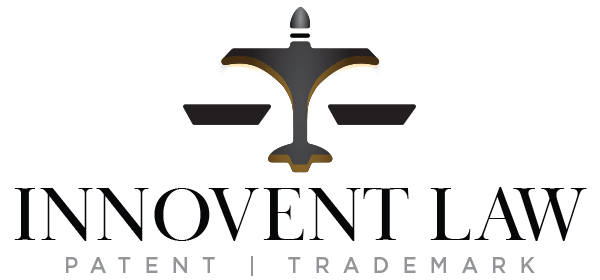There is a difference between patents, trademarks, and copyrights. Depending on the work you are trying to protect, you may use one or more of these intellectual property tools to protect your work. Some of these tools are patents, trademarks, copyrights, and trade secrets. To understand when to use which and the difference between patents, trademarks, copyrights, and trade secrets, let’s take a look at the definition of each IP tool.
Patents
Patents protect new, useful, and non-obvious inventions (ideas!). An invention can be a device, a structure, process, machinery, etc.
Trademarks
Trademarks protect source identifications, usually for brands, slogans, logos, or designs (sometimes even scents or colors). A trademark protection may extend perpetually.
Copyrights
Copyrights protect original textual works and visual or artistic expressions.
Trade Secrets
Trade secrets protect valuable secret information like ideas that must be kept confidential. Others to whom they are disclosed to must also keep them confidential. Similar to trademarks, trade secret protection may extend perpetually.
There are various tools to help you protect your idea, and more than one type of Intellectual Property (IP) can be used to protect the invention, product, work, or service.
Some General IP Strategy Tips:
TIP 1: You can use more than 1 IP tool to protect your business
There are various types of IP tools which can be used individually and collectively to protect your unique business. For example, if your business sells new and innovative water bottles, you could have a design patent to protect the look and feel of the bottle and a utility patent to protect the unique functionalities of the water bottle (assuming this is a cutting edge water bottle). You can also protect your business brand with a trademark, and your owner’s manual and website with a copyright. Any company secrets can be protected as trade secrets.
An effective and efficient IP strategy may use one or more IP tools to give your business a competitive advantage over competitors in the marketplace.
TIP 2: Create a brand and get a great name!
Before you decide on a business name or brand, make sure that the name you choose does not infringe or conflict with anyone else’s business name or logo. Do your research! A few minutes at the beginning could save you a lot of time and money down the road and help you avoid unwanted disputes. If a .com domain name is taken, this could be problematic.
Once you pick a brand, make sure you use it consistently throughout your business. This is your business’s personality. It should be consistent throughout your products, services, and various platforms.
If you want to register your brand and only have enough funds to register one of them, start with the actual name rather than a logo. This might be harder to obtain but will get you a broader protection.
TIP 3: If you are still working for someone else, keep your employment and idea separate
Your new company’s intellectual property could be at risk if you do not separate your employment from your new venture. Keep track of how you came up with the idea, what resources were used, and where the initial work was done. Know your employment obligations, including the obligations related to assignment of intellectual property and non-competition.
Interested in learning more about how to secure your intellectual property?
Schedule a free discovery call with our team today.
Innovent Law helps innovators protect, maintain and defend patent, trademark, copyright, and other intellectual property rights in the United States and around the world.
